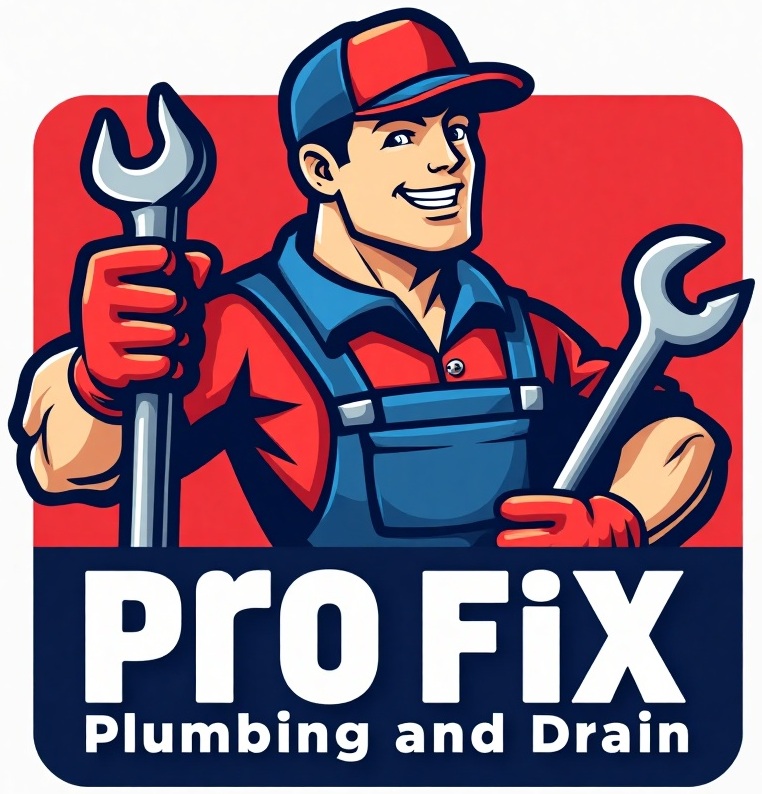Winterizing Your Rental Property’s Plumbing: A Landlord’s Checklist

As a property owner, you have responsibilities beyond finding and screening tenants and collecting rent. As winter approaches, one key responsibility is ensuring the plumbing in the rental property is winter-ready.
Frozen pipes, leaks, and burst lines can hit your pocketbook and peace of mind when they occur. The good news is that taking a few simple steps now can save you a lot of trouble later. You are invited to read on to learn what to do, why, and how to step through it clearly and confidently.
Why Plumbing Winterization Matters?
This section explains what can go wrong and why acting early is smart.
- Frozen water expands and can crack or burst pipes. This leads to leaks, damage to ceilings, floors, walls and large repair bills.
- Pipes that run through unheated areas of buildings, including basements, attics and exterior walls, are the most vulnerable.
- Winterizing plumbing will help you avoid “emergency” repairs, bills and contractors when the cold weather comes. When plumbing is freezing, costs for service are usually doubled from normal rates. Comfortable and safe tenants are good tenants, and winterizing plumbing contributes positively.
- It’s much easier to be proactive and winterize plumbing than to deal with the consequences of a frozen pipe. Starting a mindset of proactivity is a great advantage.
Shut Off & Drain Exterior Water Lines (Outdoor Spigots, Hoses)
Cold weather affects outdoor faucets and hoses first because the pipes are often uninsulated or partly exposed. This step focuses on outside plumbing: why and how.
What to do:
- Find all outside faucets or hose bibs. Take off hoses. Drain water from hoses.
- Turn off the valve feeding that outside line from inside, open the faucet and let the water drain.
- If possible, cap or insulate the spigot if you expect extremely low temperatures and cannot turn the feed completely off.
Insulate Exposed Pipes and Vulnerable Areas
Even indoor pipes can freeze in unheated or poorly insulated spaces.
What to do:
- Wrap exposed pipes with foam insulation sleeves or insulation tape.
- Make sure insulation covers the full exposed length, including joints.
- Check areas where cold air enters near pipes (e.g., vents, foundation walls) and seal drafts.
Maintain Interior Water Flow & Set Minimum Temperatures
Keeping water moving and maintaining a safe indoor temperature helps prevent freeze issues.
What to do:
- In extreme cold weather, suggest tenants let a faucet drip slowly—just enough to keep it moving.
- If the property is empty, maintain a minimum temperature (usually around 55ºF or 13-14ºC °C) to keep indoor plumbing safe.
- Educate tenants to keep cabinet doors open under sinks so warm air can circulate through pipes.
Check Main Shut-Off Valve & Emergency Access
In a worst-case scenario (a pipe burst), you want quick access to stop the damage.
What to do:
- Identify where the property’s main water shut-off valve is. Ensure it’s labelled and works.
- Consider giving tenants a simple instruction sheet on how to turn it off in an emergency.
Inspect & Maintain the Water Heater and Internal Plumbing Systems
It’s not only the exposed pipes. Internal systems deserve attention, too.
What to do:
- Examine the water heater for indications of any leaks or rust build-up. If your model permits you to drain excess water, eliminate a few gallons to eliminate sediment.
- Check that the pressure relief valve is functioning correctly.
- Inspect pipe joints, the fittings, and any visible connections for indications of corrosion or weakness.
Communicate with Tenants and Set Expectations
Your tenants are part of the plan. Clear communication makes all the difference.
What to do:
- Provide notice prior to winter outlining what your holding actions are doing, and what is being expected (e.g. heat maintained, drafts reported, and not turning off heat when leaving).
- Also include quick tips: keep cabinets open, check for drafts, report water leaks efficiently, etc.
- Lastly, provide contact information for emergencies.
Create a Documentation and Maintenance Schedule
It helps to track what you’ve done and when.
What to do:
- Create a checklist (from this article) and mark each point as you complete it.
- Record the date of the insulated, drained-down, or maintained tap/tap.
- If possible, keep before/after photos (especially for foamed insulated exposed pipes or shut-off valves).
Why Landlords Should View This as an Investment
Treat winterizing not as a cost but as part of protecting your asset.
- Repairing a burst pipe can cost much more than insulation or a drain-down.
- A property well kept in winter attracts better tenants, reduces vacancies caused by emergency repairs and helps maintain your rental income.
- Fewer tenant complaints mean fewer extra visits and less unplanned labour.
Conclusion
Winter is busy enough without dealing with a plumbing issue in your rental property. It is worth the effort to properly prepare your home’s plumbing for winter to prevent pipes from freezing, leaking, and needing costly repairs later. Winterize your property by turning off and draining outdoor lines, insulating exposed pipes, maintaining heat indoors, and checking all valves before winter hits.
Contact Pro Fix Plumbing and Drain if you’d prefer to call a professional to winterize your rental property. They’ll winterize your property for you, prevent pipes from freezing, and keep the plumbing system running properly through winter. Your rental property will be safe, warm, and worry-free.
